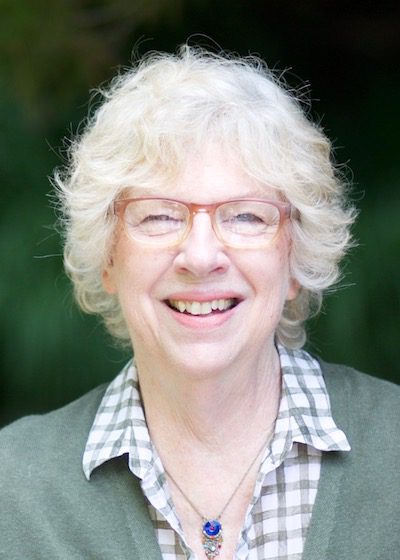When people don’t die like they do in the movies, we think something bad is happening…
Those of you who know and follow me have heard or seen me use the phrase, “People don’t die like they do in the movies.” I think one of the biggest fears we bring to the bedside of someone who is in the dying process is expecting our special person to say something profound or at least “goodbye and I love you.” We want them to close their eyes, turn their head a bit to the side and stop breathing. They are now dead, just like in the movies. Those images are what we expect, but are unfortunately not how death occurs.
We used to have role models on what dying really looks like. People died at home, in their own bed. Family and friends gathered — held a vigil, so to speak. When breathing stopped, the body was laid out on a table in the parlor and there was a home wake, a final goodbye. Death was a normal part of living.
Everyone learned what dying was like because they were generally there. There were no movies or TV films that “showed” us people dying. We accepted dying as sad but a part of life because we saw death arrive and what it looked like.
From dying at home we “progressed” (I don’t really see it as progress) to hospital’s becoming more common for dealing with illness and eventual death. People died alone in the hospital, often without family present. In the hospital, death was considered a failure, and in many hospitals it still is.
From hospitals, our society progressed (and again, I’m not sure “progressed” in this context is a good thing) to Nursing facilities. Again, our person was often alone, although family did have more access. As with hospitals, nursing facilities’ focus was on keeping a person alive — no matter that at some point everyone dies, particularly the elderly.
We are now, thank goodness, coming full circle. People are dying at home, in their own bed, family with them — thank you Hospice and end of life doulas.
The seed I want to plant with this blog is that because of the history I’ve laid out, we don’t know what natural, normal dying looks like. When people don’t die like they do in the movies, we think something is wrong, something bad is happening. Generally nothing “bad” is happening. It is sad, but most of the time what is happening is the normal way that dying proceeds death.
Something more… about When people don’t die like they do in the movies, we think something bad is happening…
Patients and families are frightened when they choose hospice care. Knowledge reduces fear is my motto. Please help them by educating your staff along with your families so that the hospice experience can be a sacred one.
Remember, we have Gone From My Sight (aka: the hospice blue book) in 11 other languages for those whose mother tongue isn’t english.
Originally Published on https://bkbooks.com/blogs/something-to-think-about























